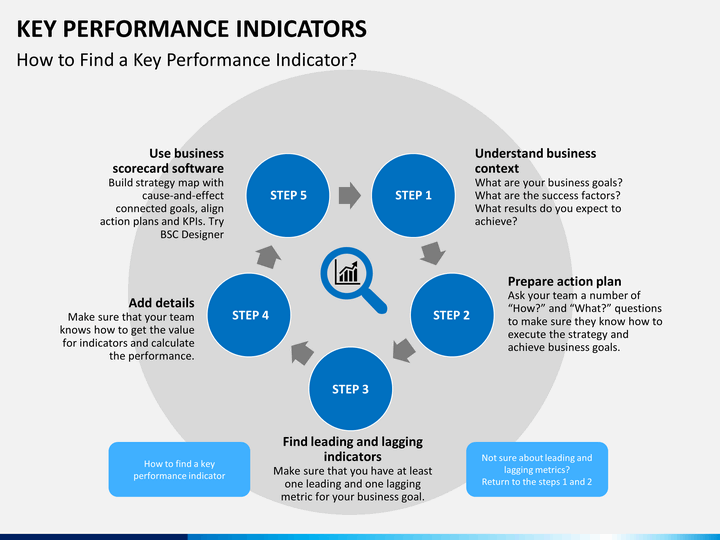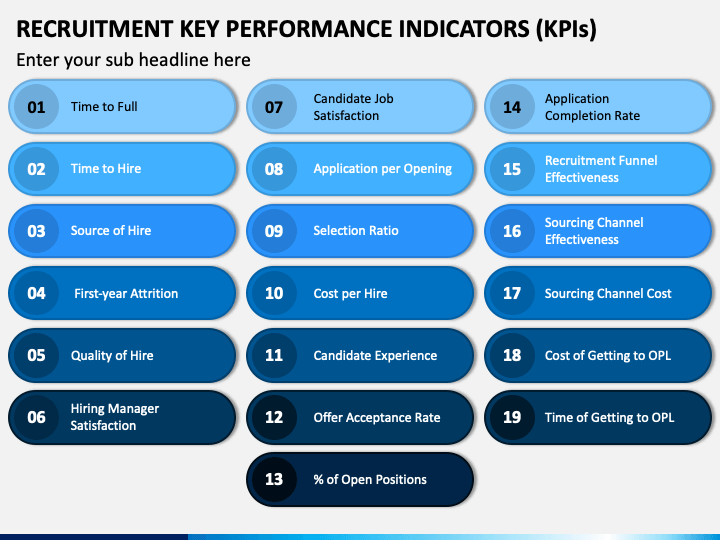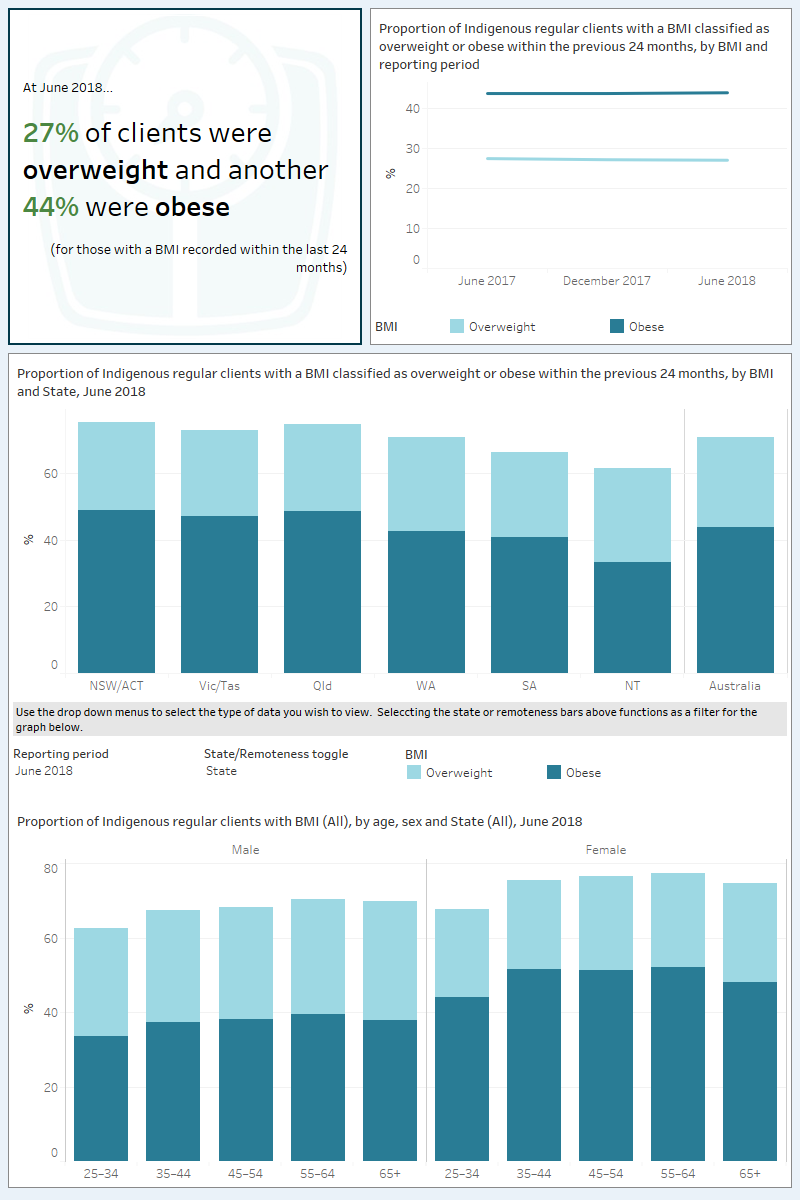Table of Content
KPIs need to address all aspects of a business, from the quality of care and client conversion to HR, marketing, and finance. The data collected by tracking KPIs provides statistics and enables a home healthcare agency to analyze its progress over a specific time, compare it to its industry peers and look for ways to improve its performance. By these criteria, our analyses indicate that changes in global ADL function may be of questionable utility as a performance indicator for nursing homes. Facility identity alone explained, depending on the group, only 8% to 14% of the variation in ADL functional change. Even when we added resident characteristics to facility identity, the total explained variation never exceeded 20%. The factors included in our models did not capture a minimum of 80% of the variation in functional change.
Operations leaders can monitor their performance across internal and industry benchmarks to build continuous improvement programs. They can utilize the KPIs to improve scheduling, utilization, employee measurement, rewards, and retention while keeping a solid grip on revenue, costs, and profitability. A good Home Care Agency Management software platform should be able to provide most of these metrics if not all. Monitoring this metric and taking measures to send the claims before the deadline significantly reduces the lost reimbursement for home care agencies. This metric should be available by payer, location, and lines of business.
Measure KPIs And Grow Your Home Health Business With Timeero
When working in the home health care industry, the well-known motto “the client should always come first” is far more than just a phrase. Monitoring the quality of care you provide is critical for your business’s success, as it can help you guarantee positive client outcomes and ensure efficient reimbursement for service. CareVoyant is a leading provider of cloud-based integrated enterprise-scale home health care software that can support all home-based services under ONE Software, ONE Patient, and ONE Employee, making it a Single System of Record. We support all home care lines of service, includingHome Care,Private Duty Nursing,Private Duty Non-Medical,Home and Community Based Services ,Home Health,Pediatric Home Care, andOutpatient Therapy. Because our cohort contained all admissions, some proportion of those admissions were readmissions to the same nursing home after an acute-care stay. Twelve percent of admissions came to the home from an acute-care setting and had had a previous stay in the admitting nursing home in the 5 years previous to this admission.
This could be many things and includes falls prevention through to predicting staff capacity shortages. In this way, exploring data can create knowledge that over time helps your care provision to progress towards its objectives. The best KPIs are aligned with your business’ priorities and have tangible goals. This is why KPIs tend to be different from one home care provider to another. For KPIs to work best, it’s important that you have a clear understanding of the goals for your organisation as well as the strategies you will use to accomplish those goals. Used correctly data can empower people and teams to take the right actions to achieve objectives.
Client Satisfaction
Happy Home Care agency is charging $20 per hour for their services and paying their caregivers $10 per hour. These clients require an average of 15 hours per week of private pay services. The agency’s other expenditures for the year will then be subtracted from the remaining revenue dollars and what is leftover is the agency’s profit.

Ultimately, KPIs help each owner create goals that are both challenging but attainable as they begin their journey as a home health care business owner. Nonetheless, we began this article by indicating that a good performance indicator is one that is driven largely by the quality of care provided by a nursing home. In essence, variation in individuals' outcomes should be relatively accurately predicted by knowing the identity of the home in which a resident resides.
Appendix EKey Indicators of Quality of Care
You want to make sure that when your care team provides care, they are interacting with the patient and providing them with the care they expect, need and at the highest possible standard. Used in this way, KPIs can show you the performance and outcome of each visit. In the end, developing and using KPIs is far easier now than it ever was, particularly if all data is housed in the same software solution.

The goal of any home care provider is to provide excellence in care and meet the demand for their care services in their community. Well understood and helpful KPIs give your team a clear sense of direction and empowerment. This means that effective KPIs will help to improve performance, because by following direction from the KPI, employees will choose to allocate their time performing actions that make the most difference to achieving key company objectives.
Six Key Home Care Business Metrics to Monitor
Their earlier experience may have resulted in a desire to delay entry until the last possible moment and the willingness to tolerate some potentially unnecessary decline in order to forestall nursing home admission. Somewhat unexpectedly, the residents who were most impaired in their ADL function were more likely to improve than other residents, as were those who scored worse on the MDS-CHESS scale. These results may largely be a function of the focus on only those residents who remained in the home . In addition, our version of the MDS-CHESS could not include all of the variables in the standard scale. The research presented here investigated the determinants of changes in ADL functioning among nursing home residents. It was an exploration of the degree to which this important outcome, frequently used in measuring the performance of nursing homes, is a function of a home's performance.

To put it simply, revenue is income that comes into your agency from paying clients and can help you determine how the business is doing. If the client turnover is significant, it might imply poor client satisfaction and the low quality of the service provided. You can calculate it by dividing the number of all active clients during a time period by the number of months care was provided. There are more aspects of care provision that will help make your home care business more successful. Or there may be strategic goals that teams advance toward over time; for instance, increasing the frequency of care plan reviews, measuring continuity of care, or decreasing staff churn rate. In home care, a quality related focus may be to have all care professionals arrive on time to each visit on their roster, or a percentage reduction in missed or cancelled visits or in medication errors.
The survey would focus in particular on every physically dependent and severely mentally impaired resident in surveying for dehydration. Using the ''case-mix referencing'' system for selecting samples of residents, the survey could focus its observation on those particularly at risk for overmedication . Simply put, revenue is money that comes into your business from paying customers. Monthly, for instance, is important for cashflow purposes, while yearly revenue can be important for determining things like whether your are paying yourself, your caregivers and your staff adequately.

There are two main areas where long-term care facilities need to pay special attention to data. In long-term care, financial success is not only dependent on your ability to determine what data points to keep track of but also how easily accessible the data is. From census data, to vitals, to progress notes, and diagnoses, long-term care facilities have thousands of data points. Determining what information needs to be in the spotlight, and configuring your EHR dashboard to display the data that matters most is a real challenge for most SNFs. Some EHR software can be limiting as to what data points or KPIs are able to be displayed on the dashboard and what options you have to easily view and analyze the information. Don’t obsess, but keep asking yourself questions, and continue to build up your data so that you can easily see where you are and where you are going.
Non-profit long-term care facilities are able to reach a higher quality of care through a more effective balance of business aspects and prioritizing resident well-being and care quality over profit maximization. Higher nurse staffing levels and fewer healthcare deficiencies are non-profits’ main strengths over for-profit organizations. The dignity with which residents are treated and the friendliness and caring of staff, especially aides, are critical prerequisites to a quality life experience. Agencies that participate in the Consumer Assessment of Healthcare Providers and Systems program can gain valuable insight into the client satisfaction and identify their improvement when this KPI is tracked over time. As home health quality measures reports are public, they can compare the results with other providers.

After the study, residents’ wishes were adhered to 100% of the time, compared to 71% prior to the study. Jewish Care is improving the end-of-life care of dementia patients through a scheme helping them to identify their wishes and ensure they happen. The average number of visits can help them understand issues related to travel and employee fatigue. These indicators allow the operations leader to distribute workload and travel time across employees.


No comments:
Post a Comment